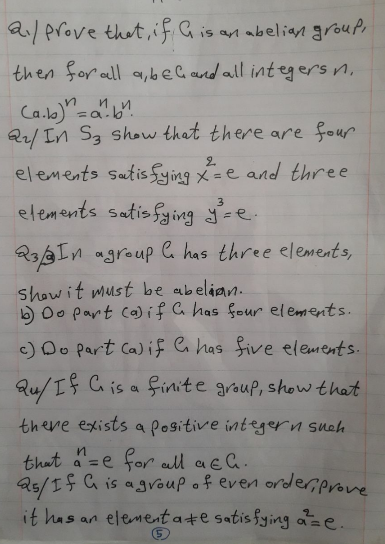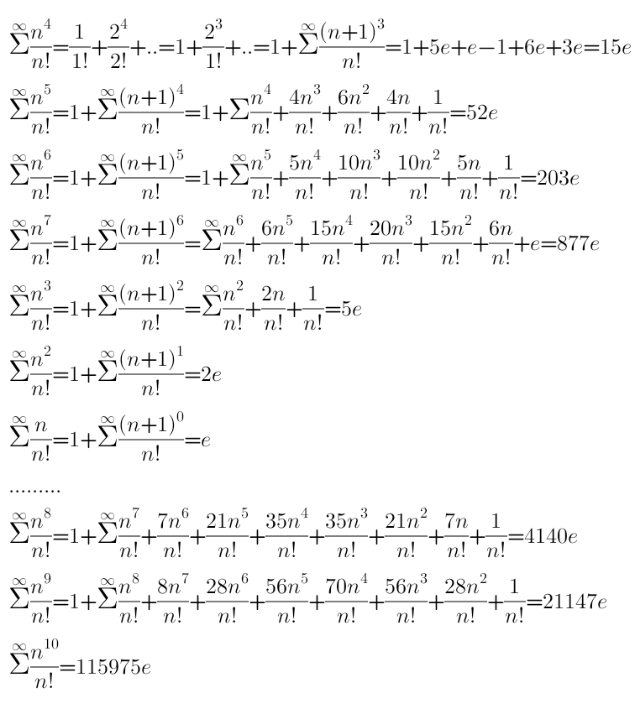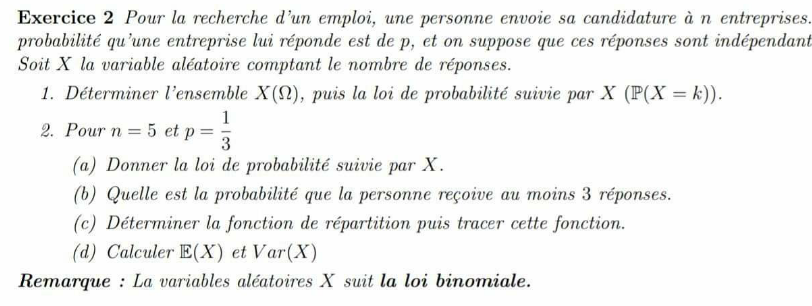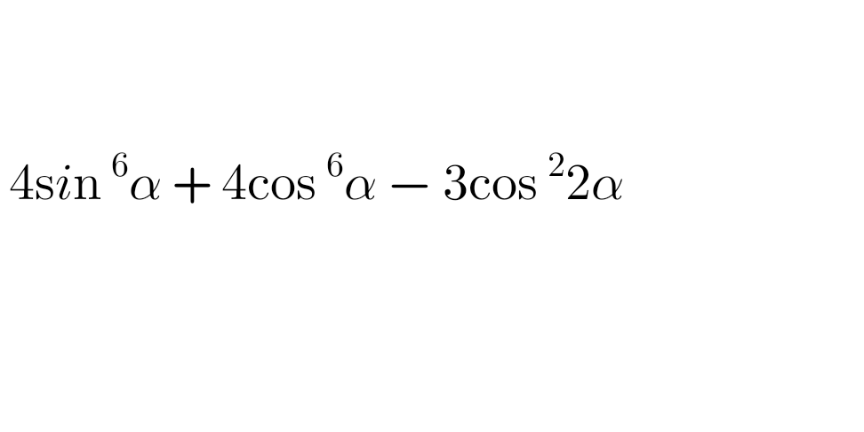
AllQuestion and Answers: Page 1072
Question Number 111533 Answers: 1 Comments: 2
Question Number 111528 Answers: 3 Comments: 0
Question Number 111520 Answers: 0 Comments: 0
Question Number 111513 Answers: 2 Comments: 0
Question Number 111503 Answers: 2 Comments: 0
Question Number 111499 Answers: 0 Comments: 0
Question Number 111498 Answers: 8 Comments: 0
Question Number 111497 Answers: 0 Comments: 1

Question Number 111466 Answers: 1 Comments: 2
$$\underset{{n}=\mathrm{1}} {\overset{\infty} {\sum}}\frac{{n}^{{n}} }{{n}!} \\ $$
Question Number 111458 Answers: 0 Comments: 6

Question Number 111450 Answers: 0 Comments: 1

Question Number 111447 Answers: 1 Comments: 1

Question Number 111442 Answers: 3 Comments: 0
Question Number 111441 Answers: 1 Comments: 0
Question Number 111432 Answers: 2 Comments: 2

Question Number 111429 Answers: 1 Comments: 0
Question Number 111428 Answers: 0 Comments: 1
$$\underset{{n}=\mathrm{1}} {\overset{\infty} {\sum}}\frac{{n}^{\mathrm{3}} }{{n}!} \\ $$
Question Number 111427 Answers: 0 Comments: 1
Question Number 111426 Answers: 2 Comments: 0

Question Number 111414 Answers: 2 Comments: 0
Question Number 111393 Answers: 0 Comments: 6
Question Number 111394 Answers: 1 Comments: 2
Question Number 111391 Answers: 2 Comments: 0
$$\mathrm{Compute}\:\mathrm{cos}\frac{\Pi}{\mathrm{12}} \\ $$
Question Number 111388 Answers: 0 Comments: 0

Question Number 111397 Answers: 1 Comments: 2
$$\underset{{x}\rightarrow\mathrm{0}} {\mathrm{lim}}\frac{\mathrm{cosx}}{\mathrm{x}}=? \\ $$
Question Number 111383 Answers: 1 Comments: 0
Pg 1067 Pg 1068 Pg 1069 Pg 1070 Pg 1071 Pg 1072 Pg 1073 Pg 1074 Pg 1075 Pg 1076
